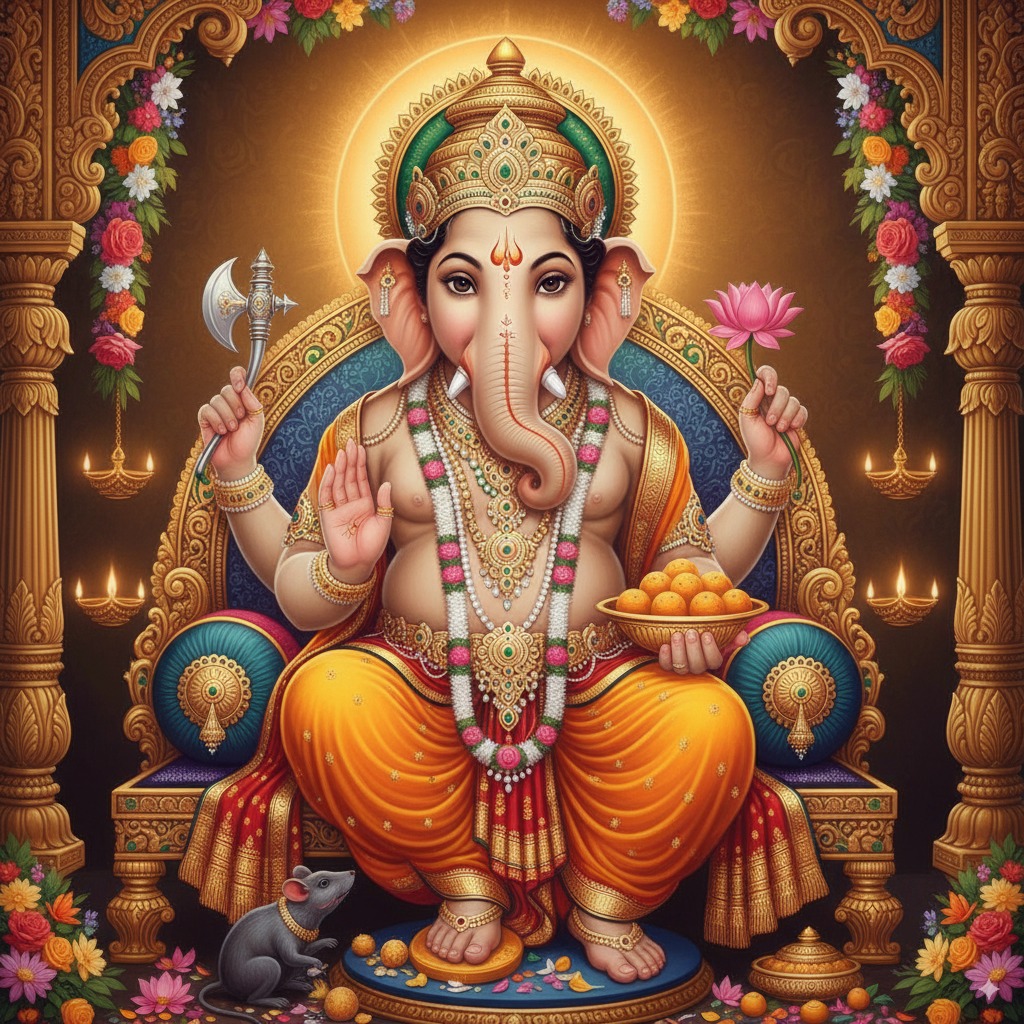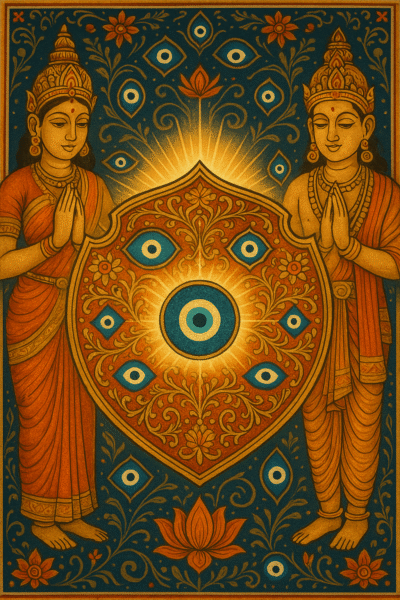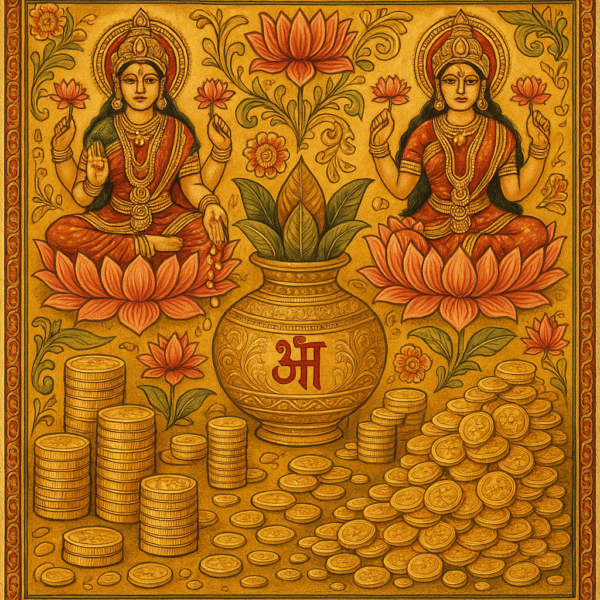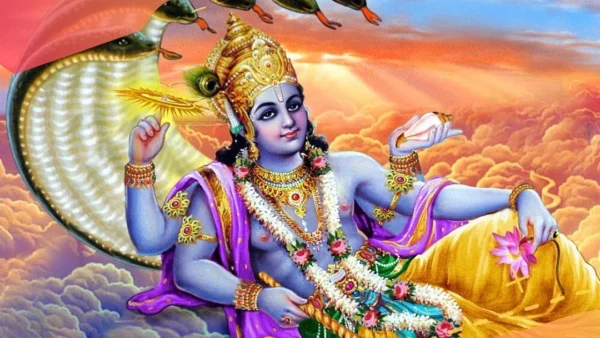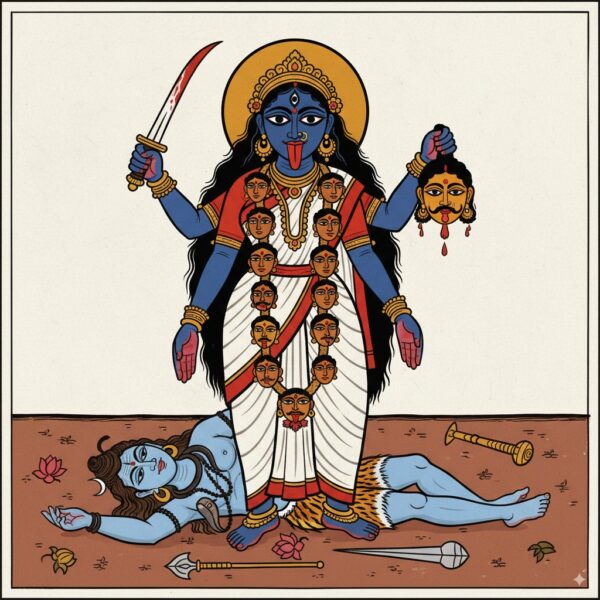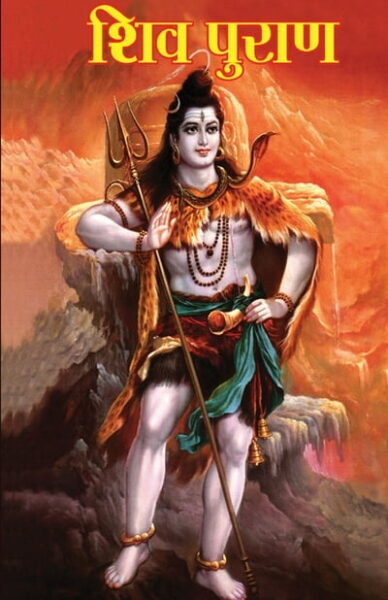Lord Ganesha – The Remover of Obstacles and Lord of Beginnings
Lord Ganesha, universally revered as Vighnaharta (Remover of Obstacles) and Vinayaka (Prominent Leader), is the beloved elephant-headed deity of wisdom, intellect, and fortune. This article covers Ganesha’s iconography, major legends and stories, worship practices, festivals, mantras, sacred places, and core spiritual philosophies.
Introduction
Lord Ganesha is the son of Shiva and Parvati, embodying wisdom, resolve, and benevolence. Invoked before all auspicious undertakings, he is the eternal gatekeeper who removes and sometimes places obstacles for one’s learning or protection. His worship transcends sects, regions, and even religions, as he is honored by Hindus, Buddhists, and Jains alike.
Physical Attributes & Iconography
- Elephant Head (Gajamukha): Symbolizes intellect, wisdom, and memory.
- Large Ears: Ability to listen attentively and absorb knowledge.
- Small Eyes: Focused vision and deep insight.
- Trunk: Adaptability and discrimination.
- One Broken Tusk (Ekadanta): Sacrifice and acceptance of loss for higher wisdom.
- Large Belly: Magnanimity and ability to peacefully digest the good and bad.
- Mouse (Mushika) as Mount: Symbolizes humility and control over desire and ego.
- Multiple Arms, generally four: Each arm holds a different attribute—modak (sweet), ankusha (goad), pasha (noose), and sometimes his broken tusk.
Sacred Names & Epithets
- Ganapati — Lord of the Ganas (divine beings)
- Vighnesh — Lord of Obstacles
- Ekadanta — The One-Tusked Lord
- Lambodara — The Pot-Bellied One
- Gajakarna — Elephant-Eared
- Vinayaka — Remover of Obstacles
- Pillaiyar — Respected Child (Tamil tradition)
- Siddhivinayaka — Bestower of Success
- Subhankara — Auspicious Giver
Major Legends & Mythology
Birth of Ganesha
Parvati created Ganesha from sandal paste and set him to guard her chambers. Shiva, denied entry, beheaded him in anger. Parvati's grief moved Shiva to revive the boy, replacing his head with that of the first animal found—an elephant—thus making Ganesha the elephant-headed god.
Writer of the Mahabharata
Ganesha wrote the entire Mahabharata as Vyasa dictated, breaking his own tusk to use as a pen when his quill broke—demonstrating sacrifice and commitment to sacred endeavors.
The Fruit of Wisdom
Competing with Kartikeya for a divine fruit, Ganesha circled his parents three times citing that his parents were his entire universe and thus won, symbolizing supreme wisdom and devotion.
The Moon and Ganesha’s Curse
After being mocked by the Moon for his appearance, Ganesha cursed it, declaring that seeing the moon would invite false slander, except on Ganesh Chaturthi.
Spiritual Philosophy & Significance
- Remover of Obstacles (Vighnaharta): Ganesha teaches that challenges are overcome by wisdom and perseverance.
- Lord of Beginnings: Invoking Ganesha before any new endeavor ensures success and auspiciousness.
- Symbol of Intellect and Learning: Patron of arts, letters, and sciences—his broken tusk represents sacrifice for higher knowledge.
- Integration of Opposites: Elephantine form with a mouse mount epitomizes harmony between the great and the humble.
Major Festivals & Celebrations
Ganesh Chaturthi
Fourth day of waxing Bhadrapada (Aug-Sep): Grandest festival for Ganesha involving installation of idols at homes and public places, daily worship, music, dance, and immersion of idols in water on Anant Chaturdashi. The festival lasts between 1-11 days and is especially prominent in Maharashtra.
Sankashti Chaturthi
Observed every month on the fourth day of the waning moon for relief from troubles. Devotees fast and offer special prayers.
Sacred Texts & Literature
- Mudgala Purana and Ganesha Purana—sources of many stories and hymns
- Ganesha Sahasranama: 1,000 names extolling every attribute
- Ganesha Stotra and Ganesha Atharvasirsha: Popular hymns and Upanishadic text chanted by devotees
Worship Practices & Rituals
- Daily Puja: Offering of flowers, incense, modaks (Ganesha’s favorite sweet), and chanting of his mantras at home or in the temple.
- Special Rituals: Abhishekam (bathing the idol) with milk, honey, water, and panchamrit.
- Fasting: On Ganesh Chaturthi or Sankashti Chaturthi as an act of devotion.
- Symbolic Offerings: Grass (durva), red flowers, coconut, and banana.
- Ganesh Yantra: Use of sacred geometric diagrams for meditation and worship.
Sacred Mantras & Prayers
- Moola Mantra:
Om Gan Ganapataye Namaha
(Invoked at the start of all work for removal of obstacles)
- Vakratunda Mahakaya:
Vakratunda Mahakaya Suryakoti Samaprabha Nirvighnam Kuru Me Deva Sarva Karyeshu Sarvada
("O curved-trunked, large-bodied, radiant as a million suns, remove all obstacles in my work always.")
- Ganesha Gayatri Mantra:
Om Ekadantaya Vidmahe Vakratundaya Dhimahi Tanno Danti Prachodayat
- 108 Names (Ashtottara Shatanamavali): Recitation for full blessings.
Benefits of Ganesha Devotion
- Spiritual: Clarity, wisdom, and successful new beginnings.
- Material: Prosperity, protection, removal of obstacles in career, family, or legal matters.
- Emotional: Relief from anxiety, fear, and confusion; emotional balance and confidence.
- Cultural: Bonding across communities and fostering of unity during festival times.
Ganesha in Contemporary Culture
- His symbolism of success and wisdom is embraced by entrepreneurs, students, and professionals globally.
- The Ganesh festival spearheaded civic unity and social reform in modern Maharashtra.
- Ganesha’s image is present on jewelry, art, pop culture, and is a global icon for good luck and beginnings.
Conclusion
Lord Ganesha, with his wisdom and approachable nature, eases the difficulties of worldly and spiritual life. Worship of Ganesha provides not just practical solutions to immediate challenges but uplifts the devotee toward higher realization and joy. Om Gam Ganapataye Namaha – Salutations to the remover of all obstacles, the bestower of auspicious beginnings and ultimate success.

